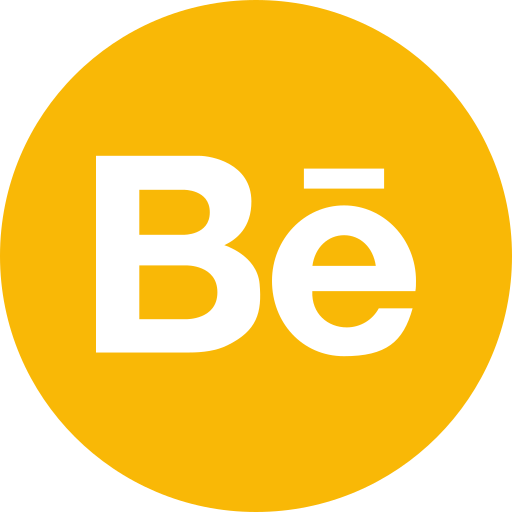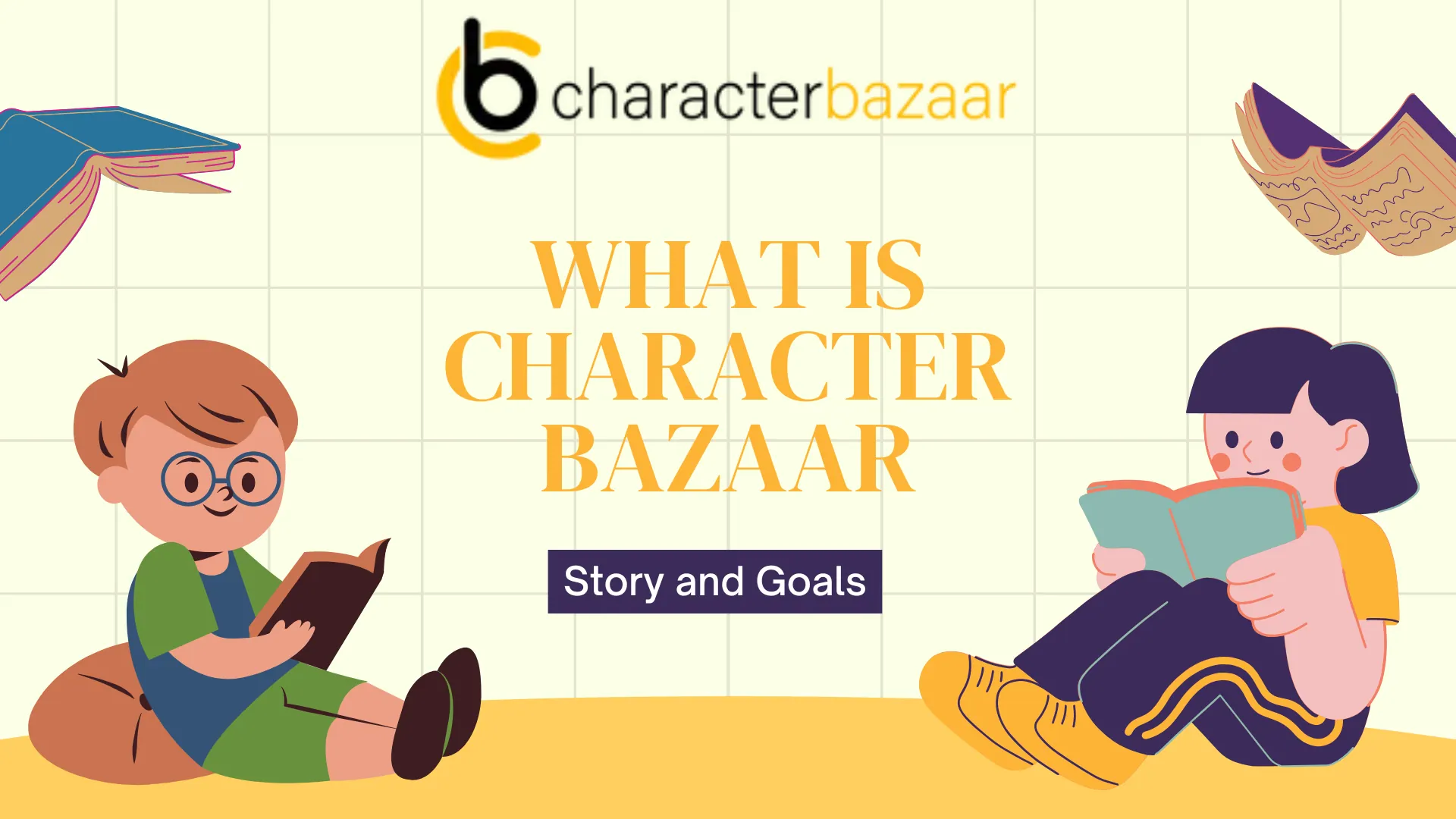
Why Is Animation So Expensive? History, Reasons & Cost-Saving Tips
Why Is Animation So Expensive?
Animation is a cherished and influential medium that lays its charm over-imaginative storytelling and breathtaking visualized fantasy. But the stakes for coming up with such content are high. It takes almost millions of dollars to animate full-feature films or series.
For example, Pixar’s “Toy Story (1995)” cost roughly around $30 million to produce, and Disney’s “Frozen (2013)” cost over $150 million. These high price tags, in turn, can be justified on several counts, such as a need for highly skilled labor and sophisticated technologies and, therefore, a significant amount of time to complete the assignment. For such work, experienced animators, expert voice recordists, and technical staff come at an added premium.
Secondly, many higher costs emanate out of the sophisticated software and hardware that are needed to produce modern-day animation. Recognizing the nuances and rigors of a production process for animation reveals much of why such an exciting art form is so expensive.
For example, Pixar’s “Toy Story (1995)” cost roughly around $30 million to produce, and Disney’s “Frozen (2013)” cost over $150 million. These high price tags, in turn, can be justified on several counts, such as a need for highly skilled labor and sophisticated technologies and, therefore, a significant amount of time to complete the assignment. For such work, experienced animators, expert voice recordists, and technical staff come at an added premium.
Secondly, many higher costs emanate out of the sophisticated software and hardware that are needed to produce modern-day animation. Recognizing the nuances and rigors of a production process for animation reveals much of why such an exciting art form is so expensive.
The Fascinating History of Animation:
If you are looking for excellent animation services, knowing the history of animation will let you appreciate this beautiful art even more. Far from its beginnings to pioneering innovations and advanced technology, animation has come a long way. Let’s stroll down memory lane and see how this captivating medium has transformed.
Early Days
Animation goes as far back as the late 19th century, with the early pioneers including Émile Reynaud, Emile Cohl and James Stuart Blackton. Some of the earliest at this period were works by Reynaud himself, like his Praxinoscope, and pieces such as “Humorous Phases of Funny Faces” by Blackton.
The Golden Age
The Golden Age of Animation was in the 1920s and 1930s, with the massive domination of Walt Disney. His 1928 release, “Steamboat Willie,” became the introduction to the world of Mickey Mouse—not to mention synchronized sound, which changed animation altogether. Then came his pioneering full-length animated feature, “Snow White and the Seven Dwarfs” of 1937, setting new levels for the standard of storyline and quality in animation.
The Rise of Television
In the 1950s and 1960s, animation was taken into the living rooms of America when television became common in households. Hits like “The Flintstones” and “Scooby-Doo” made animation very popular for many television networks. Studios like Hanna-Barbera churned out shows in an almost assembly line format, employing techniques called “limited animation” to satisfy this market.
The Digital Revolution
The 1990s and early 2000s were times of a digital revolution, with CGI (Computer-Generated Imagery) at its helm within animation.
Pixar’s “Toy Story” (1995) was the first-ever fully CGI-animated feature, opening up many possibilities in the digital field. These were days when DreamWorks and Blue Sky Studios ascended, new studios pushing a medium forward.
Modern Days
Nowadays, animation is more versatile and accessible than ever before. From 2D hand-drawn to 3D CGI and stop-motion, everything can be done. All this has put the demand for animated services high, cutting across advertising, gaming, education, and film industries. Of course, the significant advancement in software and technology only means that creating high-quality animations has become more efficient than before but equally labor-intensive in skills.

Why It Matters to You?
It doesn’t matter whether you are planning a marketing campaign or creating your short film; appreciating the rich history of animation allows you to take in the craftsmanship and inventive ways in which content is animated to be so engaging. With a service like that, your acquisition will not just be in a visually created product but in more than a century of artistic evolution and excellence in storytelling.
Factors That Impact On Animation Cost
As someone deeply entrenched in the world of animation for over a decade, I’ve witnessed firsthand how various factors sway the cost of bringing animated dreams to life. If you’re considering animation services, buckle up—I’m about to spill the pixels on what matters most:
1. Complexity of Animation:
- Simple 2D Explainers: These are like the stick figures of animation. They’re cost-effective and great for conveying straightforward messages.
- Detailed 2D or 3D Animations: Here’s where the magic happens. The more intricate the characters, backgrounds, and movements, the more hours (and dollars) it consumes. Think Pixar-level detail.
2. Storyboarding and Pre-Production:
- Script and Concept Development: Before the first pixel dances, we brainstorm, script, and sketch. This groundwork sets the tone and influences the budget.
- Storyboarding: It’s like creating a customized comic book version of your desired animation. Each frame is meticulously planned. The more frames, the more time— and you guessed it—cost.
3. Animation Style:
- Traditional Frame-by-Frame: Classic Disney vibes. Each frame is hand-drawn or digitally painted. It’s like crafting a thousand mini-masterpieces.
- Rigged Characters: These digital puppets save time but still require setup. Imagine a marionette with invisible strings.
4. Duration and Frame Rate:
- Length Matters: A 30-second explainer won’t break the bank, but a feature film? Budget accordingly.
- Frames Per Second (FPS): FPS (like 60) means smoother animation but more work. Choose wisely.
5. Voiceovers and Sound Design:
- Voice Talent: Morgan Freeman or your cousin Vinny? Quality matters.
- Sound Effects and Music: From subtle rustling leaves to epic orchestras, audio elevates the experience.
6. Deadlines and Rush Jobs:
- Time Is Money: Urgent projects cost more. If you need it yesterday, expect a premium.
7. Software and Tools:
- Industry-Standard Software: Maya, Blender, After Effects—they’re like the Stradivarius violins of animation. But licenses aren’t cheap.
- Plugins and Add-Ons: Extra functionality often comes with extra costs.
8. Team Expertise:
- Experienced Animators: Picasso didn’t paint stick figures. Seasoned animators bring finesse.
- Project Managers: They keep the ship sailing smoothly. Their expertise isn’t free.
9. Revisions and Iterations:
- Perfection Takes Time: Tweaks, feedback loops, and revisions add up.
10. Geographical Location:
- Global Rates: Animation studios in Mumbai vs. Los Angeles—costs vary based on location.
How Has Animation Impacted Popular Culture?
Over the past decade, animation has undoubtedly put a new face on popular culture. From my experience over ten years of use, I can tell that their animated content has become an essential part of our everyday life. Animation has also not been only about fun and games; it has gradually steamed its way into advertising, education, and social media as well.
- Advertising: The animated advertisements are sleek and drive the message home effectively.
- Education: Educational animation makes learning more exciting and easily understood.
- Social Media: Today, Instagram and TikTok are inundated with animated GIFs and videos.

What Are Some Cost-Saving Techniques in Animation?
If you are shortly going to find out from this reality how your project can be realized in the form of animation without going off your budget, here are some of those cost-saving techniques that make much difference. Over a decade in the industry has taught me a few tricks about keeping expenses manageable while producing high-quality work.
1. Reuse Assets
The most effective way to cut costs is by reusing the assets in any project. Not every project requires that there be new backgrounds, characters, or props developed; they need to be reused as much as possible. All that is required is for the same asset to be brought to life once again through a change in design.
2. Pre-Production Planning
Most costly mistakes are best prevented by putting in plans during pre-production. This incorporates a highly detailed storyboard, scriptwriting, and an easy way to assemble an animatic. It’s less likely that something might be expensive if everyone knows what is going on in the first place.
3. Free or Open Source Software
There is free or open-source, professional animation software out there. Tools like 3D Blender and 2D Krita can give good results professionally without the heavy price tag of top-end software.
4. Outsource Selectively
Outsourcing is like a double-edged sword. But, if done selectively—that is, relying on dependable freelancers or studios for specific tasks—you can significantly cut down on expenses. Just make sure apparent communication and precise expectations are in order not to end up with extra costs.
5. Use Automation Tools
Automatically reduce repetitive tasks that must be carried out for matters like rigging or basic animations. This way, much manual effort will be reduced without decreasing work speed. For example, tools like the Adobe Character Animator reduce valuable time and labor costs by automating the process of lip-syncing and simple movement.
6. Optimize Your Workflow
An effective workflow saves you money. Implementing project management tools and ensuring smooth communication between team members eliminates the bottlenecks that can often arise, thus saving you from unnecessary delays in the process. This assures the continuity of a smooth production pipeline, enabling you to come in under budget.
In this manner, you can now have your animated projects done without extra spending yet not compromising the quality of the output.
In this manner, you can now have your animated projects done without extra spending yet not compromising the quality of the output.
Conclusion
Having worked in the animation field for over a decade, I can at least say with certainty that animation is about blending art and technology, where time and money are heavily invested. Some of the justifications for the high costs include Skilled Labor, Advanced Technology, Time-consuming Processes, Quality Control, etc.
Remember, when you buy animation, you’re not buying the final deliverable. You’re paying for a creative process that mixes imagination, technical expertise, and a whole lot of elbow grease. So the next time you look at a brilliant piece of animation, you’ll know why it has such a huge price tag. It’s not just expensive; it’s invaluable.
FAQ
1. Why is 3D animation more expensive than 2D animation?
3D animation involves more complex technology and detailed rendering, which require advanced software and hardware, as well as highly skilled animators.
2. Can animation costs be reduced without sacrificing quality?
Yes, through technological advancements and innovative techniques, some aspects of production can be streamlined, potentially reducing costs without compromising quality.
3. How do indie animators manage high production costs?
Indie animators often use smaller teams, open-source software, and crowdfunding platforms to manage and finance their projects within tighter budgets.
4. What are the most expensive animation films ever made?
Some of the most expensive animated films include “Tangled,” “Toy Story 3,” and “Frozen,” each with budgets exceeding $150 million.
5. How does the cost of animation vary globally?
Costs vary significantly, with higher expenses in countries like the U.S. and Japan due to labor and technology costs. Outsourcing to countries with lower production costs can help manage budgets.
Let's Discuss !!














